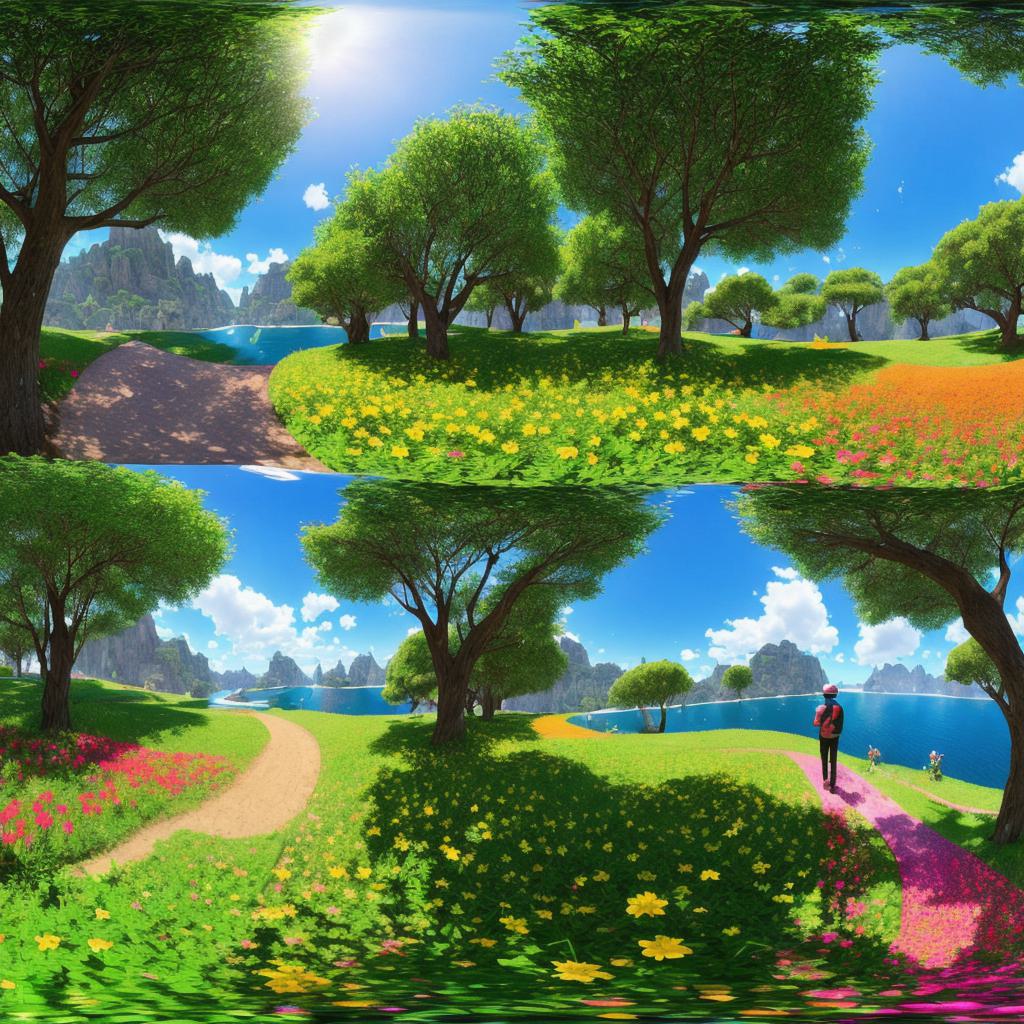The Metaverse is a collective virtual shared space, created by the convergence of virtually enhanced physical reality and physically persistent virtual reality. It’s essentially a 3D internet where users can interact with a computer-generated environment and other users in real time. But, when it comes to experiencing this digital world, two technologies often come up: Virtual Reality (VR) and Augmented Reality (AR). Let’s explore how each technology contributes to the Metaverse.
Virtual Reality (VR) in the Metaverse
Virtual Reality is a completely immersive experience where the user is transported into an artificial environment, typically through the use of a head-mounted display (HMD). The user’s senses are fully engaged; they see, hear, and often feel as if they are truly present in the virtual world. VR is ideal for applications that require a high level of immersion, such as gaming or training simulations. For instance, imagine designing and testing a new car model in a virtual environment before manufacturing it. This not only saves time and resources but also enables fine-tuning of the design in ways that would be impossible in the physical world.
Augmented Reality (AR) in the Metaverse
On the other hand, Augmented Reality overlays digital information onto the real world, using a smartphone or tablet camera to project computer-generated images onto the user’s view of their surroundings. AR is particularly useful for enhancing our everyday experiences with additional context or information. For example, an AR app can help shoppers visualize how furniture would look in their homes before purchasing it, simply by pointing their phone at the empty space.


**The Future of Metaverse: A Hybrid Experience**
While VR and AR
each offer unique advantages, the future of the Metaverse may lie in a hybrid experience that combines the best of both worlds. This synergy would enable users to seamlessly transition between immersive VR environments and contextually aware AR overlays, creating a more engaging and interactive digital space. For instance, imagine attending a virtual concert where you can not only enjoy the performance in lifelike 3D but also share comments with other attendees through an AR chat feature overlaid on your view of the stage.
In conclusion, both Virtual Reality and Augmented Reality have essential roles to play in shaping the future Metaverse – a collective virtual shared space where users can interact, create, and explore together. By understanding their unique strengths and potential synergies, we can look forward to a more immersive, engaging, and socially connected digital world.
